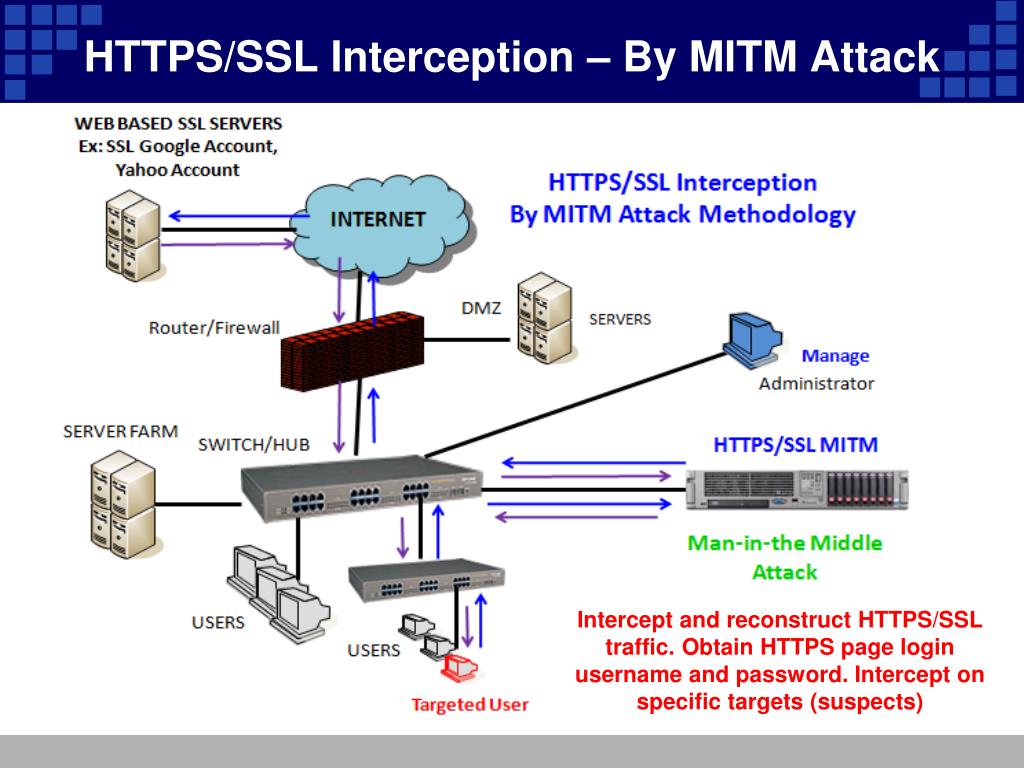In the digital age, where information is exchanged every millisecond, security measures like HTTPS have become a prerequisite for safeguarding privacy. However, the intriguing question arises: is it truly impervious to Man-in-the-Middle (MITM) attacks? Spoiler alert: the answer is nuanced and variable.
To comprehend this conundrum, it is essential first to demystify what MITM attacks entail. These attacks occur when an adversary clandestinely intercepts communication between two parties, frequently without their knowledge. A typical scenario would involve an assailant gaining access to unsecured Wi-Fi networks, allowing them to monitor and manipulate data as it traverses the invisible highways of the internet.
HTTPS, or HyperText Transfer Protocol Secure, acts as a bulwark against such incursions by employing encryption protocols like Transport Layer Security (TLS). This encryption facilitates an environment where data is scrambled into a form that is incomprehensible to unauthorized entities. However, the efficacy of this protective mechanism is subject to various variables.
Initially, consider the certificate issuance process — a cornerstone of trustworthy HTTPS connections. For a website to be deemed secure, it must possess a valid SSL/TLS certificate, often provided by Certificate Authorities (CAs). These trusted entities authenticate the legitimacy of the site, ensuring that users connect to the genuine server rather than a rogue impostor. Yet, despite this robust framework, vulnerabilities remain prevalent.
One significant point of concern is the existence of compromised CAs. In the past, incidents of Certificate Authority breaches have led to the issuance of fraudulent certificates, enabling attackers to masquerade as an authenticated server. As such, users who assume that they are communicating securely might unwittingly expose themselves to MITM threats. This predicament starkly highlights the fragility of trust in a digital ecosystem where authenticity is paramount yet can be manipulated.
Furthermore, the human element cannot be overlooked. Phishing attacks often serve as a gateway for perpetrators, enticing unsuspecting victims into relinquishing sensitive information. Individuals might receive deceptive messages or emails prompting them to click on links that lead to counterfeit websites equipped with valid SSL certificates — a scenario that would mystify even the most discerning users. Consequently, even HTTPS can become entangled in deception, rendering the supposed security measures ineffectual.
Moreover, the advancements in technology present both a boon and a bane in the context of HTTPS and MITM threat vectors. With the proliferation of public networks and devices, connected systems are constantly exposed to insecurities. For instance, public Wi-Fi hotspots, while convenient, are frequently targeted by malicious actors. A nefarious entity could position itself as a man-in-the-middle, luring users into connecting to its network, which could then allow access to valuable information. To elaborate, users may see a familiar network name and assume safety, not knowing that it’s a cleverly devised trap, leaving them vulnerable to data interception.
In this landscape of technological dualities, tools such as VPNs (Virtual Private Networks) arise as a potential shield against MITM attacks. By encrypting data before it ever transmits over potentially hazardous networks, they add an additional layer of security that enhances user confidentiality. However, this solution is not without its caveats. A VPN must be trustworthy itself; if its operators opt to log user traffic, this could introduce new vulnerabilities and compromise user safety.
Amid these considerations, a critical examination of endpoint security is paramount. No matter how fortified the data in transit may be, if the devices at either end are susceptible to malware or exploits, an attacker could still intercept communications post-decryption. This emphasizes the need for comprehensive security measures, encompassing everything from software updates and antivirus solutions to user education on safe online practices.
Moreover, the emergent technology of HTTP/3 and QUIC protocols promises to redefine the landscape of secure communication. These platforms aim to optimize web performance while addressing some of the inherent weaknesses present in previous protocols. They propose to mitigate the risks associated with MITM attacks by enhancing data integrity and connection security, though their widespread adoption is still in a nascent stage.
As we dissect the multifaceted question of whether MITM is feasible within HTTPS frameworks, it becomes increasingly clear that while HTTPS significantly reduces the risk, it does not render it entirely impermeable. The variables at play — from compromised Certificates Authorities and phishing schemes to insecure endpoints and the inherent fragility of trust — illustrate the complexity of maintaining secure communications in an ever-evolving digital realm.
In conclusion, as technology progresses and cyber threats become more sophisticated, the onus lies not solely on system protocols but also on user awareness and vigilance. Engaging with safeguards like VPNs, educating oneself on phishing tactics, and ensuring devices are secure can enhance the defenses against potential MITM attacks. The landscape of cybersecurity is replete with challenges vastly exceeding mere technical implementations; it demands an intricate dance of trust, caution, and proactive engagement from all participants in the digital ecosystem.








Leave a Comment